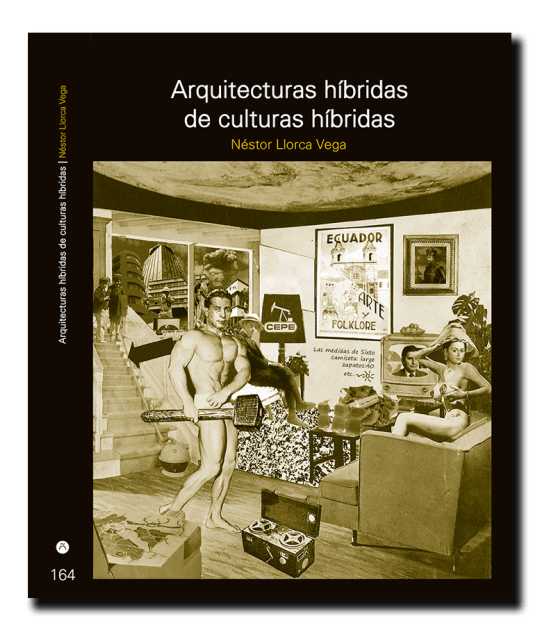Baudrillard for Architects is a book intended for architects, artists, and academics without distinctions, it deals with various abstract themes which are rooted in physical places and give a different perspective from that proposed by psychoanalysts.
Description by Massimo Mazzone
Baudrillard for Architects is a recently released book from Francesco Proto, architect and theorist at Oxford Brookes University School of Architecture (UK), as well as a member of the editorial board of the International Journal of Baudrillard Studies (IJBS). In this much awaited book, which follows Mass Identity Architecture, Architectural Writings of Jean Baudrillard (Wiley Classic, 2006), Proto unveils his personal interpretation of an edited selection of Baudrillard’s architectural writings that, by editorial strategy, remained largely uncommented upon in his previous volume.
Developed in six chapters and endowed with a keyword glossary, Baudrillard for Architects analyzes for the first time in a systematic, yet not overly-exhaustive way, the reflections that Baudrillard produced on architecture. The difficult, fragmented and often obscure language that Baudrillard consistently uses with the specific intent to 'traumatize' or shock the reader is bypassed with an attitude that I would not hesitate to define as psychoanalytic.
Much alike psychoanalytic practice, Proto fills, extends and interprets the many gaps that Baudrillard left open with the undeclared intent to stir debate and to avoid co-optation. Proto's ability to reconstruct the cornerstones of Baudrillard's discourse for and from within architecture is both extraordinary and unprecedented.
By reversing the normal perceptions and perspectives imposed upon us in many contemporary situations, themes such as the object system, hyperreality, simulacra, functionality, visual violence and individual and mass ideology, just to name a few, are anchored to 'real' places such as the Pompidou Centre in Paris, shopping malls, hypermarkets, Disneyland in Los Angeles or the now destroyed 'Twin Towers' in New York City in a way not dissimilar to that carried out by psychotherapists in the increasingly difficult job of anchoring our lives to the reality principle. From Plato to Barthes, from Nietzsche to Eco, Baudrillard's architectural thought is thus triangulated with the cultural context that generated it within the time span covered.
For Baudrillard enthusiasts, architects, artists, scholars and creatives of all types and levels, an unmissable read.

































